Best Companion Flowers For Sunflowers
Sunflowers are a popular choice for gardens of all sizes. They are easy to grow and provide a cheerful burst of color. But did you know that sunflowers can also benefit from companion planting?
Companion planting is the practice of planting certain plants together to improve their growth and productivity. When you choose the right companion plants for sunflowers, you can boost their health, deter pests, and attract pollinators.
In this blog post, we will discuss the best companion flowers for sunflowers. We will also provide tips on how to plant and care for these beneficial plants.
What are Companion Plants?
Companion plants are plants that benefit each other when grown together. They may attract beneficial insects, repel pests, or improve the soil quality.
There are many different companion plants that can be grown with sunflowers. Some of the most popular options include:
- Crimson clover: This flowering groundcover attracts beneficial insects, such as ladybugs and lacewings. It also helps to suppress weeds and improve the soil quality.
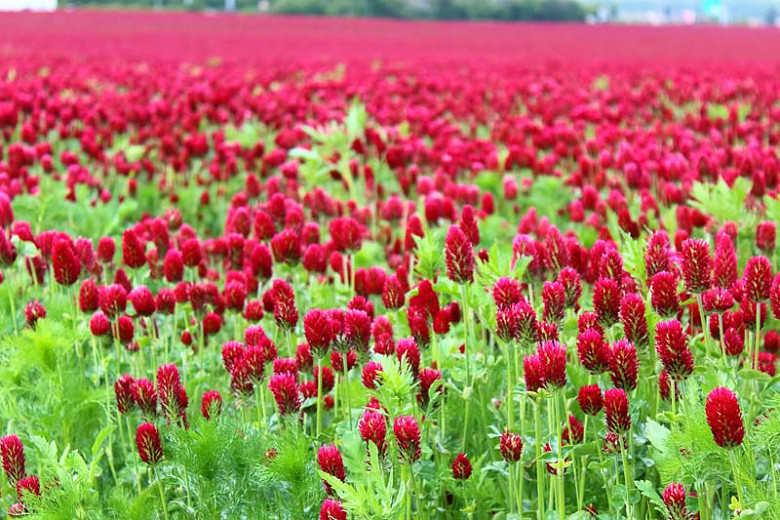
- Nasturtiums: These colorful flowers attract pollinators and repel pests, such as aphids and whiteflies. They can also tolerate some shade, which makes them a good choice for planting under sunflowers.
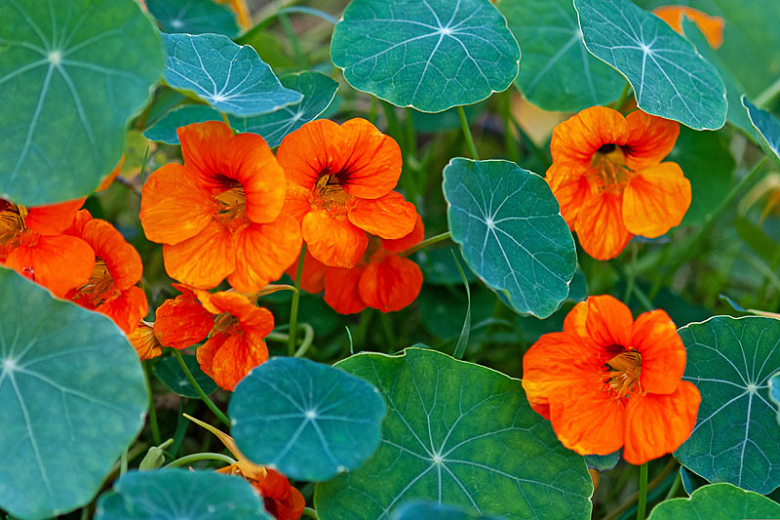
- Basil: This herb repels pests, such as mosquitoes and flies. It also improves the flavor of tomatoes and peppers, which can be planted alongside sunflowers.
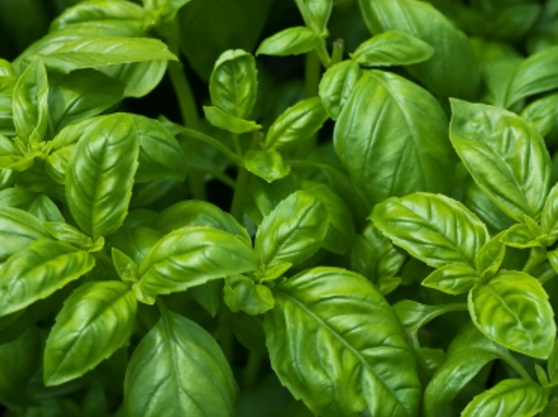
- Lavender: This fragrant herb repels pests, such as mosquitoes, moths, and fleas. It also attracts pollinators, such as bees and butterflies.

- Rudbeckia: This daisy-like flower attracts pollinators and helps to deter pests. It is also a good choice for planting in poor soil, as it is drought-tolerant.
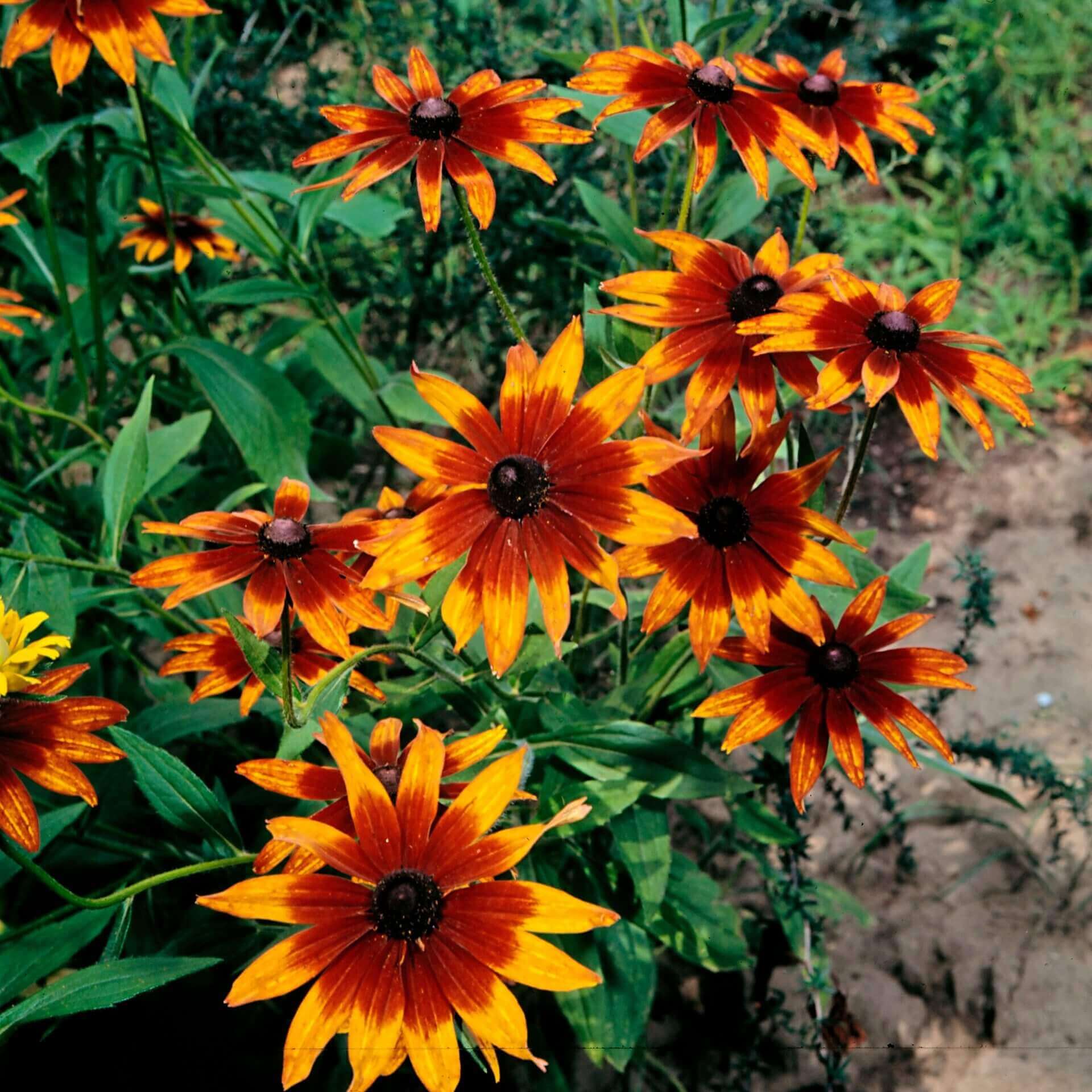
- Marigolds: These bright orange flowers attract pollinators and repel pests, such as nematodes and root rot. They can also be used as a trap crop to attract pests away from other plants.

- Bee balm: This herb attracts pollinators, such as bees and butterflies. It also helps to improve the soil quality by attracting beneficial nematodes.
- Chives: This herb repels pests, such as aphids and mosquitoes. It can also be used as a culinary herb.
How to Plant Companion Plants with Sunflowers
When planting companion plants with sunflowers, it is important to consider the size and growth habits of each plant. For example, sunflowers can grow very tall, so it is important to plant them with shorter companion plants that will not be shaded out.
It is also important to plant companion plants that have similar soil and sunlight requirements. For example, sunflowers need full sun and well-drained soil. If you are planting companion plants with sunflowers, make sure to choose plants that have the same requirements.
To plant companion plants with sunflowers, simply dig a hole that is twice the size of the plant's root ball. Add some compost or manure to the soil and mix it well. Place the plant in the hole and backfill with soil. Water the plant well.
How to Care for Companion Plants with Sunflowers
Once your companion plants are planted, you will need to care for them in the same way that you care for your sunflowers. This includes watering, fertilizing, and weeding.
You may need to water your companion plants more often than your sunflowers, especially during hot, dry weather. You should also fertilize your companion plants every few weeks with a balanced fertilizer.
Weeding is important to keep your companion plants healthy and prevent pests. Be sure to remove any weeds that appear around your companion plants.
Conclusion
By planting companion plants with sunflowers, you can boost their health, deter pests, and attract pollinators. This will help you to enjoy a beautiful and bountiful garden.
Sunflowers are a beautiful and cheerful addition to any garden, but they can also benefit from the company of other plants. Companion planting is the practice of planting different types of plants together that complement each other and help to improve the overall health and productivity of the garden.
Some of the best companion plants for sunflowers include:
- Crimson clover: This flowering groundcover attracts beneficial insects to the garden, including both pollinators and pest predator insects. It also crowds out weeds and helps to suppress soil erosion. Gardenia Inspiration
- Nasturtiums: These colorful flowers attract pollinators and help to deter pests such as aphids and squash bugs. They can also tolerate a bit of shade, making them a good choice for planting under sunflowers. Gardenia Inspiration
- Peas and sweet peas: These vining plants benefit from the support of sunflowers, and they also help to fix nitrogen in the soil. Gardenia Inspiration
- Pot marigolds: These edible and medicinal flowers resemble sunflowers and can help to repel pests such as mosquitoes and flies. Gardenia Inspiration
- Black-eyed Susans: These daisy-like flowers attract pollinators and help to improve the overall health of the soil. Gardenia Inspiration
For more information about companion planting with sunflowers, please visit Gardenia Inspiration. This website provides a comprehensive list of companion plants for sunflowers, as well as tips on how to plant and care for them.
FAQ of companion flowers for sunflowers
Question 1: What are some of the best companion plants for sunflowers?
Answer: Some of the best companion plants for sunflowers include:
- Crimson clover: This flowering groundcover attracts beneficial insects to the garden, including both pollinators and pest predator insects. Clover also crowds out weeds that seek to compete with young sunflower plants, providing natural weed suppression.
- Pumpkins: Pumpkins and sunflowers are both tall plants that can benefit from each other's shade. Pumpkins can help to keep the soil moist around sunflower roots, while sunflowers can provide support for the vining pumpkins.
- Squash: Like pumpkins, squash can also benefit from the shade of sunflowers. Squash also helps to suppress weeds and improve soil fertility.
- Corn: Corn and sunflowers are both tall plants that can help to block the wind. Corn can also help to provide support for sunflowers.
- Lettuce: Lettuce is a cool-season crop that can benefit from the shade of sunflowers. Sunflowers can also help to deter pests from lettuce plants.
Question 2: What are some of the benefits of companion planting sunflowers?
Answer: There are many benefits to companion planting sunflowers. Some of the benefits include:
- Attracting pollinators: Sunflowers are a magnet for pollinators, such as bees and butterflies. These pollinators help to improve crop yields by pollinating flowers.
- Suppressing weeds: Some companion plants, such as clover, can help to suppress weeds. This can save you time and effort in weeding your garden.
- Improving soil fertility: Some companion plants, such as peas, can help to improve soil fertility. This can benefit all of the plants in your garden, including sunflowers.
- Providing shade: Some companion plants, such as squash, can provide shade for sunflowers. This can help to protect sunflowers from the hot sun and pests.
- Distracting pests: Some companion plants, such as nasturtiums, can distract pests from sunflowers. This can help to keep sunflowers healthy and pest-free.
Question 3: What are some companion plants that should not be planted near sunflowers?
Answer: There are a few companion plants that should not be planted near sunflowers. These plants include:
- Pole beans: Pole beans and sunflowers are both tall plants that can compete for sunlight and space.
- Potatoes: Potatoes and sunflowers have similar nutrient requirements. Planting them together can deplete the soil of nutrients, which can stunt the growth of both plants.
- Fennel: Fennel has a strong scent that can repel pollinators. This can reduce the number of pollinators visiting sunflowers, which can reduce crop yields.
Question 4: When should I plant companion plants with sunflowers?
Answer: The best time to plant companion plants with sunflowers is when the sunflowers are about 6 inches tall. This gives the companion plants enough time to get established before the sunflowers start to shade them out.
Question 5: How far apart should I plant companion plants with sunflowers?
Answer: The distance between companion plants and sunflowers will vary depending on the size of the companion plants. In general, you should plant companion plants at least 12 inches away from sunflowers. This will give the companion plants enough space to grow and thrive.
Image of companion flowers for sunflowers
Here are 5 different images of companion flowers for sunflowers:
- Crimson clover: This nitrogen-fixing plant helps to improve the soil quality for sunflowers.

- Pumpkins: Sunflowers provide shade for pumpkins, which helps to prevent them from getting sunburned.
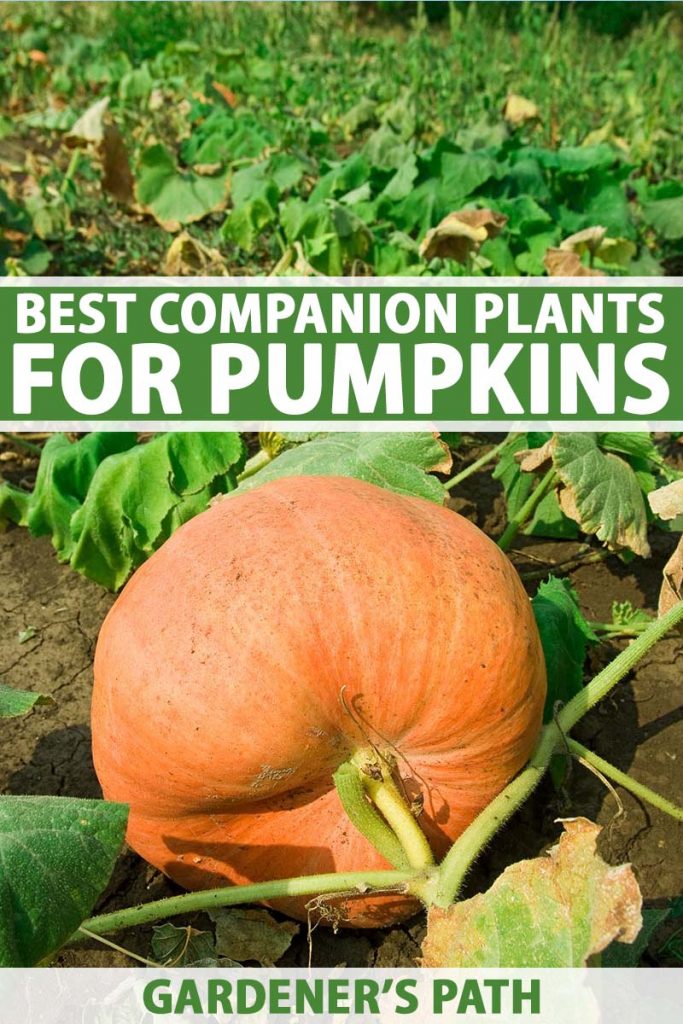
- Squash: Like pumpkins, squash also benefits from the shade provided by sunflowers.

- Corn: Corn provides support for sunflowers, which can grow quite tall.
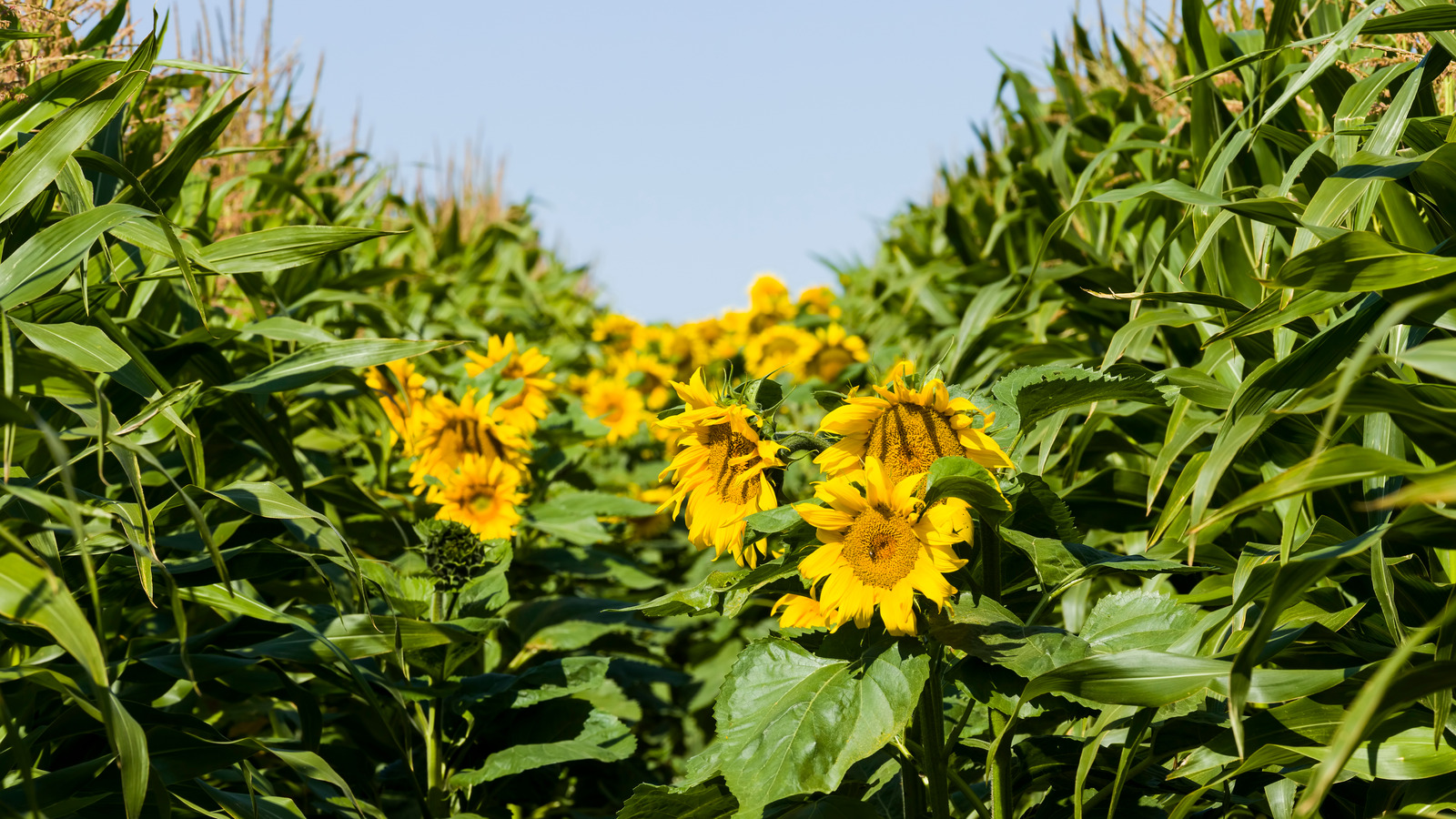
- Lettuce: Lettuce does not compete with sunflowers for water or nutrients, and it can help to suppress weeds.

Post a Comment for " Best Companion Flowers For Sunflowers"